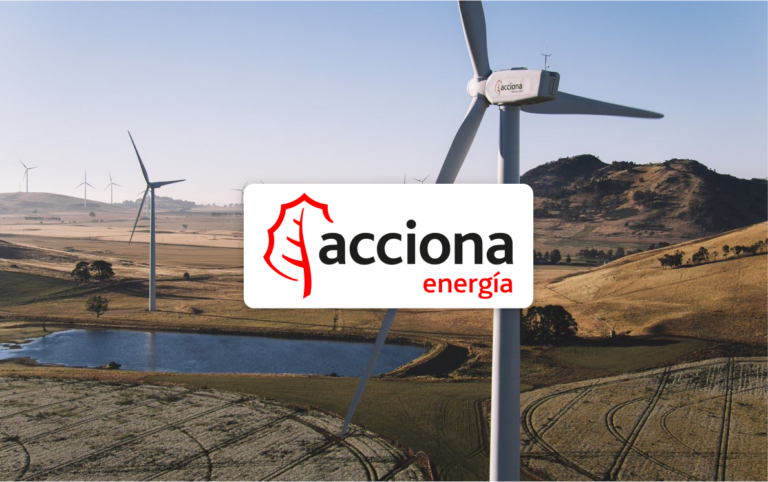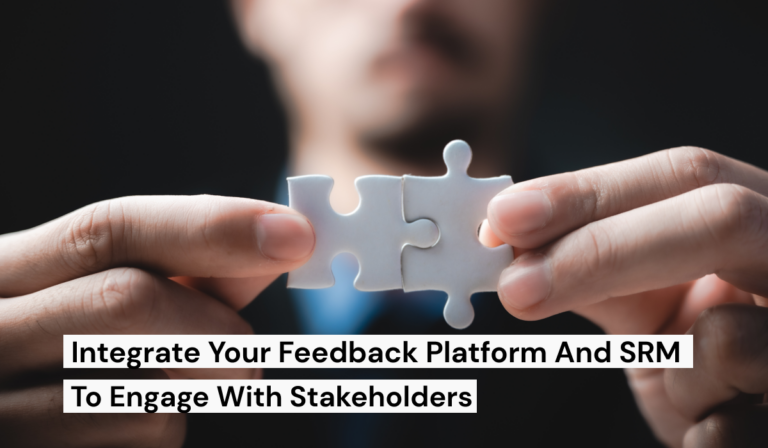Managing Public Outrage with Dr. Peter Sandman
Last week we had the opportunity to spend some time learning from internationally renowned Dr. Peter Sandman at his Risk Communication and Reputation Management Intensive Seminar.
What we learned was surprising, somewhat confronting, and applicable in more ways than we could have imagined. The seminar covered a range of topics including strategies for outrage management, but today we are going to cover off what public outrage is and how to communicate with empathy to highly stressed stakeholders.
A shift in how we view risk
A common way to measure risk is to identify hazards and the likelihood of that hazard occurring. The problem with this is that it doesn’t factor in public outrage.
Take for example, wind farms. A valuable source of renewable energy, wind farms are also a common source of public outrage due to the belief that living in close proximity to the turbines causes a range of health issues including headaches, dizziness, seizures and depression, collectively referred to as wind turbine syndrome. Public outrage against the farms persists despite scientists presenting a consistent lack of evidence for the hazard. So why so much public outrage, when the risk really is quite low?
The reason that public outrage is so important, is because the risks that do damage according to technical experts (the real hazards), are not usually the risks that upset the people. And vice versa; often risks that upset the people are the risks experts can be apathetic about.
In order to shift our view Dr. Sandman has created a new risk formula that considers the opinions of both experts and the public:
Risk = Hazard + Outrage.
This formula includes both the technical, objective and measurable component (the ‘hazard’) and the emotional, cultural and personal component (the ‘outrage’). In the case of having a wind farm in your backyard, there are many emotional, cultural, and personal considerations at play. Many people are genuinely supportive of wind farms and other sustainable infrastructure – until it’s in their backyard (known as Not In My Backyard Syndrome).
The reason a shift in the way we view risk is necessary is because when people are outraged they tend to think a hazard is more serious. Trying to convince them that the hazard is not serious is unlikely to do much good until steps are taken to reduce the outrage.
Empathetic communication to reduce outrage
The job of risk communication when the hazard is low and the outrage is high is to reduce the outrage. The following advice is designed to help people cope empathetically with outraged stakeholders, where the stress is very high.
- Listen: Dr. Sandman emphasises the importance of listening and allowing people to vent as a crucial first step. People want to tell you their story. Before you accomplish anything else you must listen to them vent.
- Echo what you heard: Skillful echoing shows people that you have really heard what they have said. Dr. Sandman explains, “Always start by reiterating their key points. This demonstrates that not only have you heard them, but clearly understand them.”
- Ask questions: Questioning is a good way to check your judgments are on target. The trick is to ask questions that open up the conversation rather than shutting it down.
- Find things to agree with and points to add: Dr. Sandman calls this the ‘yes, and…’ strategy. Early in the relationship it’s useful to voice some agreement and then take that point another step in a new direction.
- Find things to voice reservations about: Establishing yourself as an authentic person whose views add value means showing you don’t always agree. Rather than rebutting it can be good to use the ‘yes, but…’ strategy.
Where to next?
Think about your projects or work, are there any examples where the above process could be applied to manage or reduce public outrage? Perhaps it could be applied internally, or for outrage management at home. Next week we will be breaking down six principal strategies for reducing public outrage. Make sure you subscribe to our blog for the next installment of our public outrage series.

RELATED READING
Make Your Community Engagement Meaningful Using These Three Tactics
DIY or Buy? How to Choose a Stakeholder Management System
How Proactive Stakeholder Engagement Helped Reduce Ministerials by 90%



